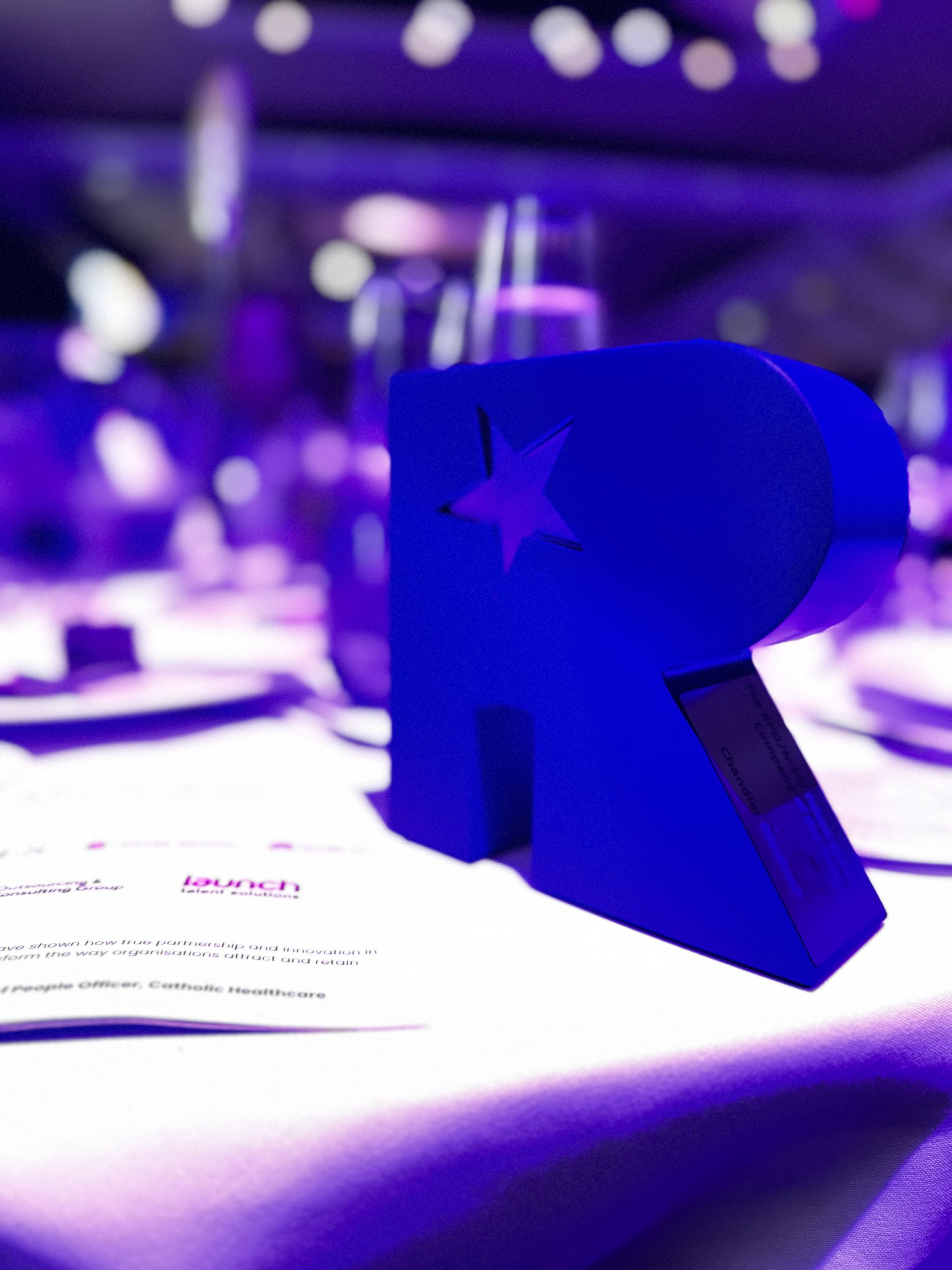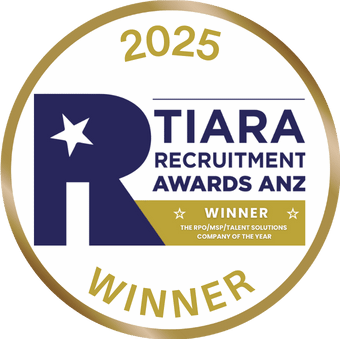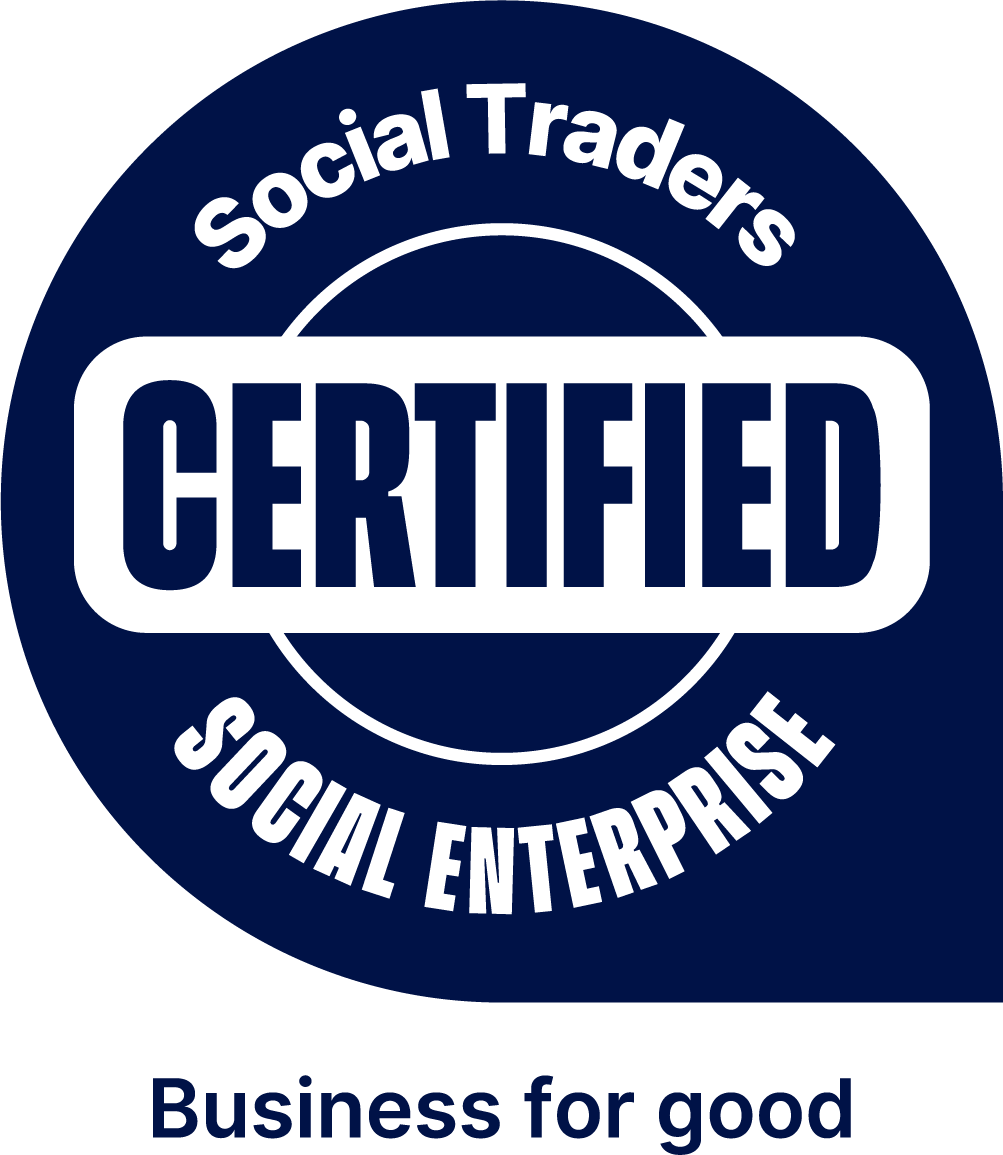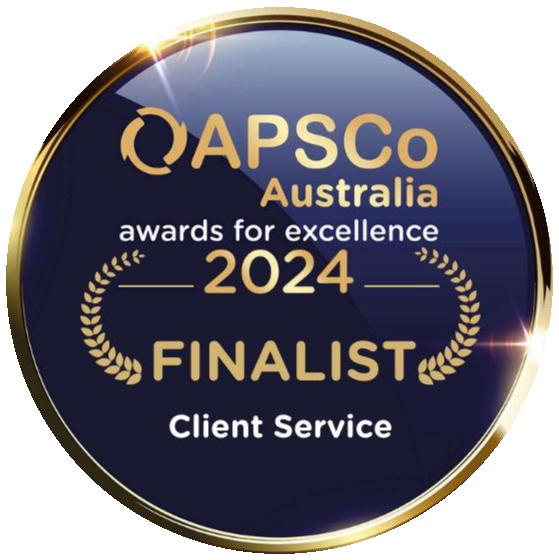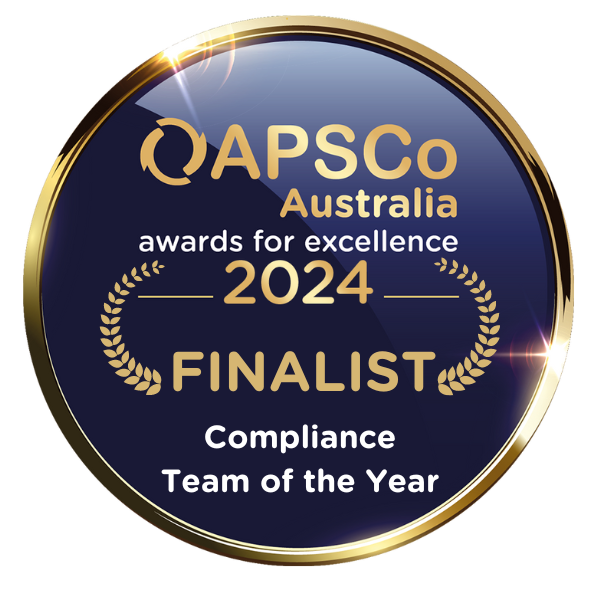Remember the ending of The Lion King? Cornered by Simba at the top of Pride Rock, Scar, Simba’s treacherous uncle confesses to murdering his father, the beloved former leader of the Pride Lands. Refusing to give up his leadership position, Scar leaps to attack Simba one final time, only to be thrown over the edge of the rock, falling to his demise.
During his fall, Scar must have wondered: “How did this happen? What was the fatal mistake that led me to this moment?”
Our answer is this…
Ultimately, it wasn’t Simba, or the fall from the top of Pride Rock that killed Scar; it was poor employee engagement.
As you may recall, Scar actually survived his fall. His “employees,” the Hyenas he recruited, turned against their boss and made him their dinner, instead of helping him recover and lead again.
Still fuzzy? Here’s a clip to refresh your memory.
Engaged vs. Disengaged. What’s the difference?
Engaged employees tend to feel inspired by their work, and care about the future of their organisation. They are willing to go the extra mile to help their leader and organisation grow. On the flip side, disengaged employees tend to feel emotionally and cognitively detached from their jobs, and only do the bare minimum required of them. They are also more likely to quit their jobs1 at the first sign of trouble, and at times, might even actively work against their organisation or leader.
Unsurprisingly, research has shown that employees who are engaged with their organisations tend to be more productive and more profitable than those who are not. In fact, a study found that 87% of engaged employees2 are less likely to leave their jobs than their disengaged colleagues.
There has been a growing acceptance of the evidence among researchers and organisations that an engaged workforce can be a major competitive advantage.
But what can leaders do to fast track employee engagement in their organisation?
Lessons from Scar – Four Strategies for Employee Engagement
Although Scar is a fictional character from 1994, his flaws as a leader are very real and applicable to our working world today. Leaders of modern-day organisations can learn from Scar’s mistakes by avoiding the threats to employee engagement in their workplace.
Lesson 1: Be fair and transparent in your decision-making as a leader.
Scar is the worst when it comes to being fair and transparent. He prefers to work in secrecy, often working against members of his organisation. This behaviour has garnered him a negative view on his capabilities as a leader from his employees. Studies have found that employees tend to be more engaged in the work when they perceive a sense of fairness and transparency in their organisation.
Lesson 2: Give your employees the freedom to make their own decisions – to an extent.
Studies have suggested that3 employees are more engaged with their work and organisation when they feel that they are trusted to be given autonomy, or the freedom to make their own decisions in their role.
Scar actually follows this lesson – albeit to the furthest extreme – when he gave the hyenas complete, unrestricted free reign over the Pride Lands that they ravaged it of its resources, leaving nothing to the other members of his organisation, most of whom were afraid of the hyenas’ destruction. This leads us to…
Lesson 3: Provide support and create an environment of psychological safety
Studies have shown that4 employees become disengaged in their work if they do not feel that they receive adequate support from their organisation or leader. Employees also feel more engaged if they feel a sense of psychological safety5, a feeling of being able to express themselves without negative consequences. Leaders should strive to foster a supportive and psychologically safe working environment for their employees.
On the contrary, Scar seems to think that it’s a good idea to run his kingdom with the exact opposite approach: FEAR. With all the other animals in his kingdom not feeling safe under his leadership, it should not have been a surprise to him when they decided to replace him with Simba, a more supportive leader, instead.
Lesson 4: Align the values and goals of your employees with those of your organisation
Perhaps Scar’s most fatal mistake was that he did not hire for values. Sure, the pack of hyenas helped him accomplish his goal of claiming the leadership role in the animal kingdom, but their only motivation was payment – in the form of food. The hyenas do not share the same values as Scar does for power, but he recruits them anyway. In fact, he even looks down on their species, singing:
“I never thought hyenas essential,
They’re crude and unspeakably plain
But maybe they’ve a glimmer of potential
If allied to my vision and brain.”
While Scar was smart to communicate his vision to his new recruits, the hyenas, who live by different goals and values, did not pay much attention to his overall vision, as long as they get what they were promised. Naturally, they turn on Scar the first chance they get.
Studies have shown that6 employees whose values and goals are aligned with their organisation are more likely to go “above and beyond” and contribute to their organisations.
On the flipside, Timon and Pumba were so aligned with Simba’s values and vision, that they were willing to risk their lives by distracting the hyena pack in order to help their leader achieve success.
There are many lessons we can learn about employee engagement from The Lion King, but the key takeaway is clear:
Employee engagement lives and dies by the quality of its leader
Research has shown7 that effective leaders are the engines that drive employee engagement. Leaders should learn from Scar’s mistakes, and cultivate an engaged workforce (that won’t turn around and eat you instead!).
References
- Corporate Leadership Council. (2004). Driving performance and retention through employee engagement. Washington, DC: Corporate Executive Board. Ibid.
- Markos, S & Sridevi, M. S. (2010). Employee Engagement: The Key to Improving Performance.5 (12).
- Xu, J., & Cooper Thomas, H. (2011). How can leaders achieve high employee engagement?.
- (4), 399-416.
- Saks, A. M. (2006). Antecedents and consequences of employee engagement. (7), 600-619.
- Cartwright, S., & Holmes, N. (2006). The meaning of work: The challenge of regaining employee engagement and reducing cynicism. (2), 199-208.
- Seijts, G. H., & Crim, D. (2006). What engages employees the most or, the ten C’s of employee engagement. (4), 1-5.
- Ngobeni, E. K., & Bezuidenhout, A. (2011). Engaging employees for improved retention at a higher education institution in South Africa. African Journal of Business Management, 5(23), 9961.

